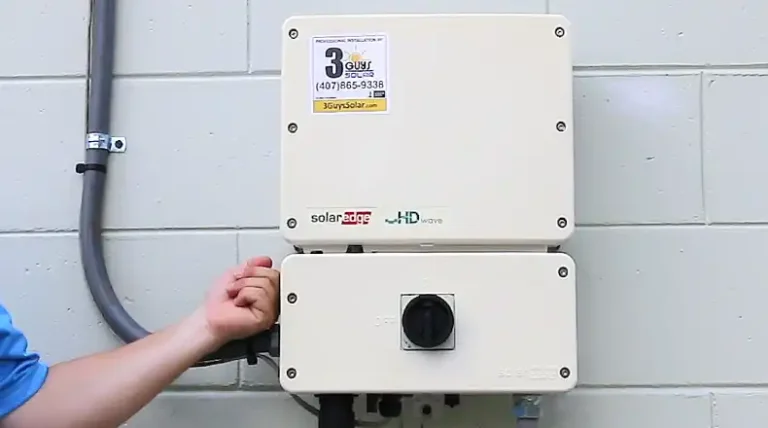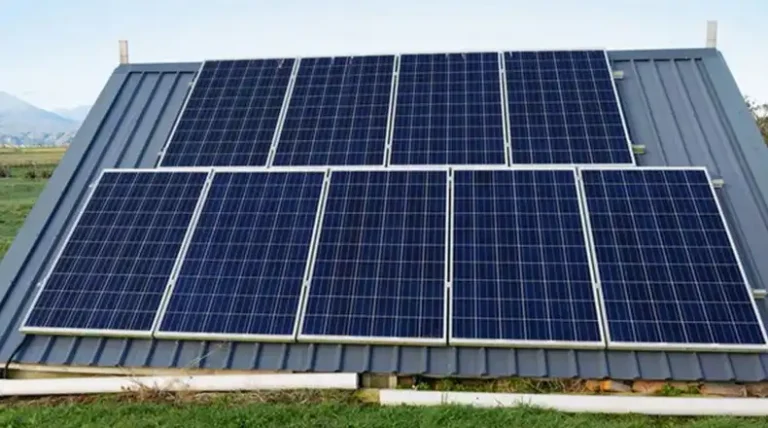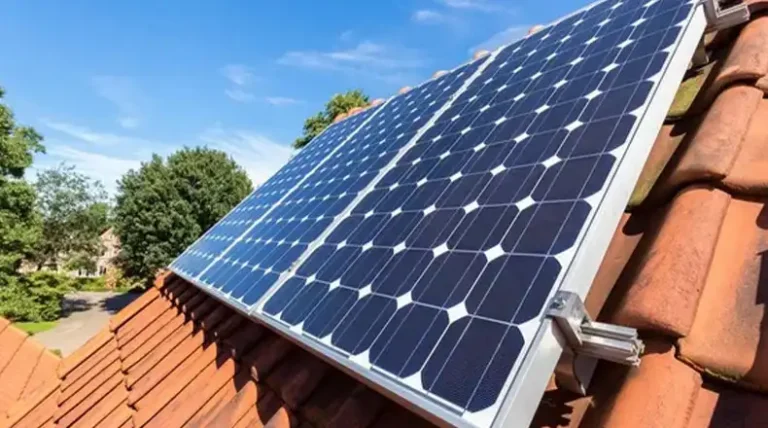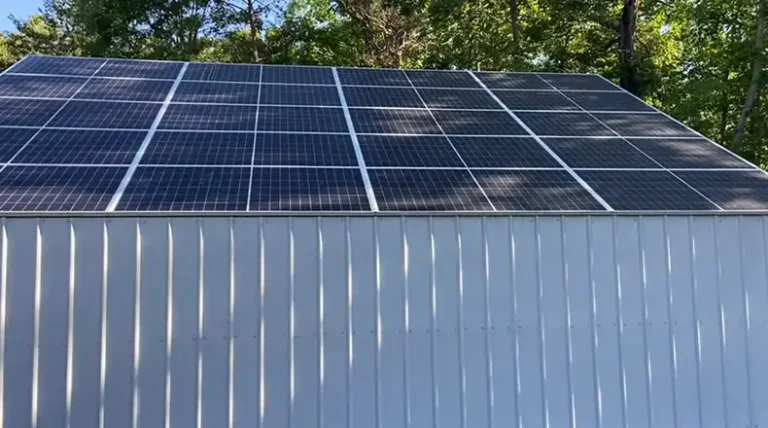How to Sell Solar Without Going Door-to-Door?
In the solar industry, door-to-door sales have long been a common practice. However, this traditional approach comes with its own set of limitations and challenges. Consumer resistance, safety concerns, and the shift toward digital research have led many solar companies to explore alternative sales methods that align with modern consumer behavior.

Why Door-to-Door Sales is Not Very Effective
Door-to-door solar sales often face low conversion rates and homeowner skepticism. Consumers are increasingly wary of unsolicited sales pitches, and the safety risks involved can be a deterrent for both salespeople and homeowners. Moreover, in the digital age, consumers prefer to research and educate themselves online before making a purchase decision, rendering door-to-door sales tactics less effective.
Why You Should Try Alternative Sales Methods
Embracing alternative sales strategies can offer numerous advantages for solar companies. By transitioning to a digital-focused approach, businesses can increase their reach and scalability, attract more qualified leads, and make better use of their time and resources. Importantly, these methods allow companies to target their ideal customer profile more effectively, resulting in higher conversion rates and better returns on investment.
Step #1: Build a Strong Online Presence
To effectively sell solar without going door-to-door, it’s essential to build a robust online presence that attracts, educates, and engages potential customers.
Content Marketing Strategy
Develop a comprehensive content marketing strategy that focuses on creating valuable and informative resources. Maintain an active blog that covers topics such as the benefits of solar energy, cost savings, environmental impact, and more. Produce educational videos that explain the different solar system types, installation processes, financing options, and maintenance requirements. Additionally, offer downloadable guides and lead magnets, such as checklists or solar calculators, to capture the interest of potential customers.
Search Engine Optimization (SEO)
Optimize your website and online content for search engines to increase visibility and attract organic traffic. Conduct thorough keyword research to identify relevant solar-related terms and phrases that your target audience is searching for. Implement on-page optimization techniques, such as optimizing content, meta tags, and technical SEO elements. Additionally, focus on off-page optimization strategies, including link building and building citations on reputable directories and platforms.
Social Media Marketing
Identify the platforms where your target demographics are most active, and develop a strong social media presence. Create engaging content, such as infographics, customer testimonials, and success stories, to share on your social media channels. Consider running targeted paid advertising campaigns on platforms like Facebook, Instagram, and Nextdoor to reach potential customers interested in solar energy.
Step #2: Generate and Nurture Leads
With a solid online presence in place, the next step is to generate and nurture leads effectively.
Pay-Per-Click (PPC) Advertising
Leverage pay-per-click (PPC) advertising platforms like Google Ads and social media advertising to target potential customers actively searching for solar solutions. Craft compelling ad copy that highlights the cost savings and environmental impact of solar energy. Optimize your landing pages for lead capture, offering incentives such as free solar quote requests or consultations.
Email Marketing
Employ email marketing as a powerful tool to nurture leads and educate potential customers about solar solutions. Offer valuable resources like solar calculators or financing guides in exchange for email addresses, creating opt-in incentives. Develop targeted email nurturing sequences that educate recipients about the benefits of solar power and guide them through the decision-making process. Segment your email lists and personalize your messaging based on customer interests and stages in the buying journey.
Strategic Partnerships
Explore partnerships with complementary businesses, such as roofers, builders, or environmental organizations. Collaborate on co-marketing initiatives, offering co-branded marketing materials or referral programs. Leverage these partner networks and customer bases to reach a wider audience interested in solar energy solutions.
Step #3: Close the Deal Remotely
Once you’ve generated and nurtured quality leads, it’s time to close the deal remotely through virtual consultations and a transparent sales process.
Virtual Consultations and Sales Process
Offer free online consultations via video conferencing platforms like Zoom or Google Meet. Use screen sharing capabilities to showcase your solar solutions, answer customer questions, and provide customized solar estimates. Leverage satellite imagery and specialized software to give potential customers a realistic representation of how solar panels would look on their property.
Building Trust and Transparency
Establish trust and transparency throughout the sales process. Provide educational resources that cover financing options, warranties, and solar panel maintenance. Showcase customer testimonials, case studies, and positive online reviews to build credibility. Use clear and concise language, avoiding high-pressure sales tactics that may turn off potential customers.
Addressing Common Objections
Be prepared to address common objections and concerns that potential customers may have. Discuss the upfront costs and return on investment (ROI) associated with solar energy systems. Address concerns about roof suitability and ongoing system maintenance. Highlight the long-term benefits of solar power, such as energy independence, increased home value, and environmental sustainability.
Advanced Strategies for Growing Your Solar Business
To further enhance your solar sales efforts and drive sustainable growth, consider implementing the following advanced strategies:
Customer Relationship Management (CRM)
Invest in a robust Customer Relationship Management (CRM) system to streamline lead management, track communication, and personalize interactions. Automate tasks and set reminders to stay on top of your sales pipeline. Leverage data analysis and reporting capabilities to identify areas for improvement and optimize your processes.
Retargeting and Conversion Rate Optimization (CRO)
Implement retargeting campaigns to keep your solar offerings top-of-mind for website visitors who haven’t converted. Leverage social media platforms and display advertising networks to show targeted ads to these potential customers. Tailor your ad creatives to address specific customer interests and stages in the buying journey.
Additionally, optimize your website landing pages to improve conversion rates and lead generation. Conduct A/B testing to identify the most effective website elements, such as headlines, calls to action, and form designs. Use heatmaps and session recordings to gain insights into user behavior and identify areas for improvement, ensuring a seamless and mobile-friendly user experience.
Legal and Regulatory Compliance
Stay up-to-date with local and state regulations governing solar sales in your target market. Understand licensing and certification requirements, as well as ethical sales practices and consumer protection laws. Ensure your marketing and sales strategies align with these regulations to maintain compliance and protect your business.
Final Words
Selling solar without going door-to-door requires a comprehensive and strategic approach that leverages digital marketing, lead generation, remote consultations, and exceptional customer service. By following the strategies outlined in this guide, you can effectively sell solar without relying on traditional door-to-door methods, positioning your business for sustainable growth and success in the ever-evolving solar industry.






